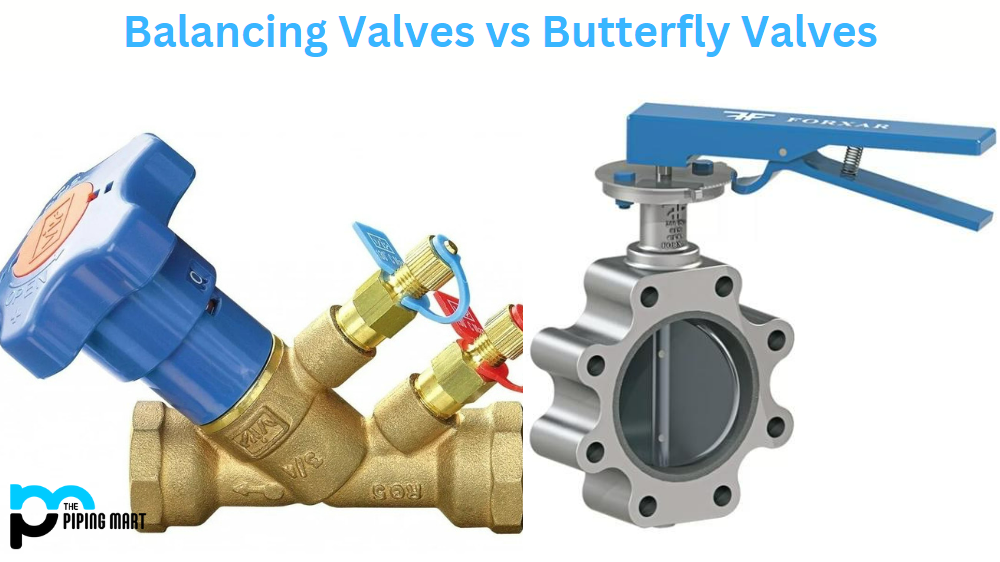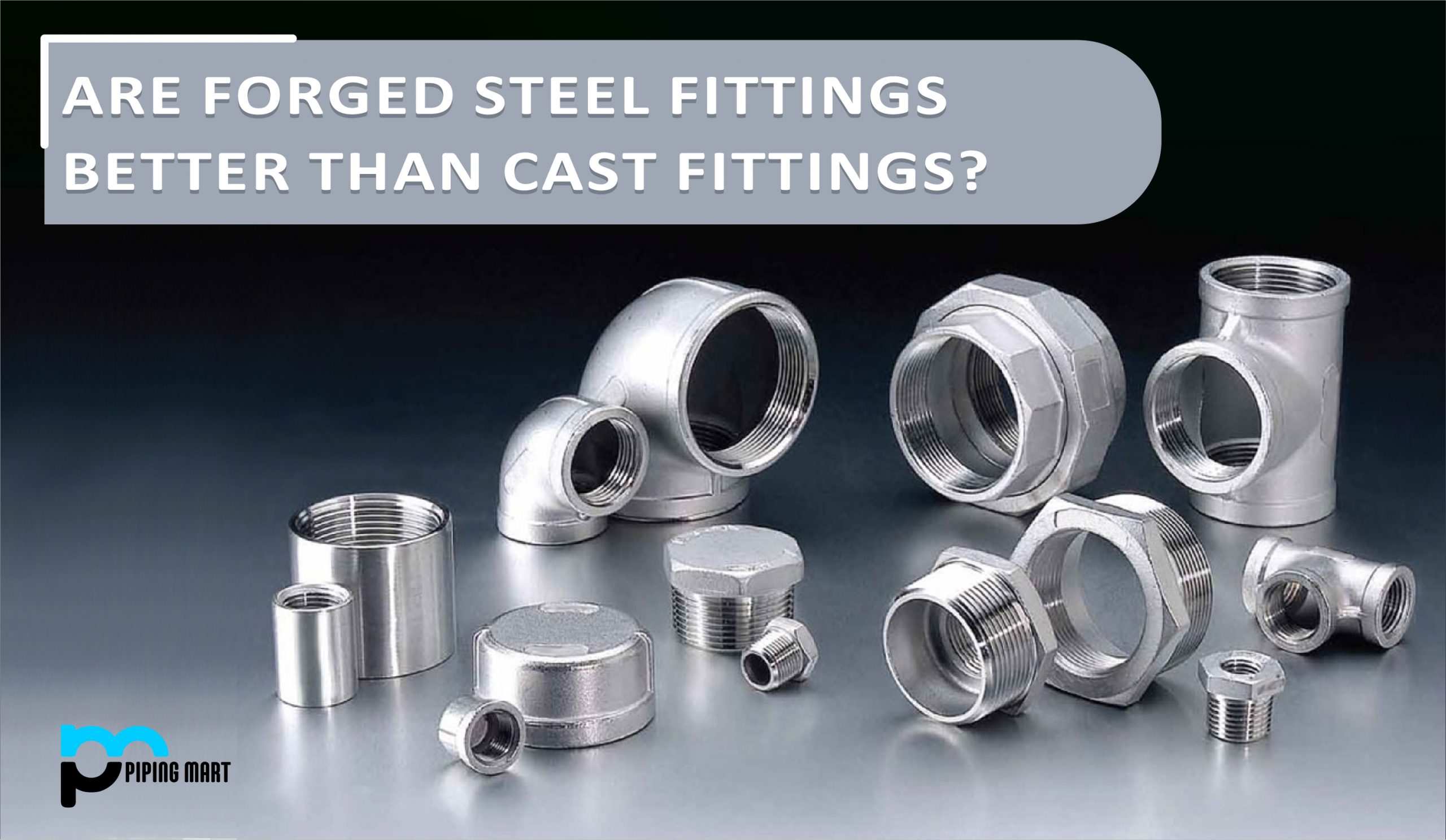In any plumbing or HVAC system, the valves play a crucial role in controlling the flow of water or air. Two types of valves commonly used in such systems are balancing and butterfly valves. While they have similar functions, their designs and features make them suitable for different situations. In this blog post, we will explore the differences between balancing and butterfly valves and guide you in choosing one.
Balancing Valves
Balancing valves are used to regulate the flow of water in hydronic HVAC systems. They ensure that the flow rate remains constant throughout the system, despite changing conditions such as temperature and pressure. Balancing valves achieve this by using a built-in flow measuring device, such as a DP transmitter, to regulate the pressure drop across the valve. Unlike other valves that simply open or close, balancing valves are designed to modulate the flow, adjusting it as needed to maintain optimal system performance.
Butterfly Valves
On the other hand, Butterfly valves are used to control water or air flow in large-diameter pipes. They are relatively simple, with a disc-shaped closure element that turns around a central axis to open or blocks the flow. Butterfly valves can be operated manually or automatically using an actuator that rotates the disc to the desired position. They are lightweight, compact, and easy to install, making them ideal for frequent maintenance or repair applications.
Difference Between Balancing Valves and Butterfly Valves
The answer depends on your specific requirements. Balancing valves is the way to go if you are looking for precise flow control, particularly in large-scale HVAC systems where close temperature and pressure control are essential. Balancing valves offer more accuracy and can be fine-tuned to meet specific flow requirements. Moreover, since they regulate the flow rate, balancing valves can help reduce energy consumption and operating costs, making them a more cost-effective choice in the long run.
On the other hand, if you need a valve for simple on/off control of flow that is easy to operate and maintain, butterfly valves are the right choice. They are often used in industrial applications, such as water treatment and chemical processing plants, where their robustness and reliability are critical.
- A balancing valve is a type of valve used to regulate water flow in a heating or cooling system.
- A butterfly valve is a type of valve used to control the water flow in a piping system.
- Balancing valves are more expensive than butterfly valves.
- Butterfly valves are more common than balancing valves.
- Balancing valves are more accurate than butterfly valves.
- Butterfly valves are easier to install than balancing valves.
- Balancing valves requires less maintenance than butterfly valves.
- Butterfly valves are available in a broader range of sizes than balancing valves.
Conclusion
Choosing between balancing and butterfly valves requires careful consideration of your specific needs and the application’s requirements. While balancing valves offer more precise control and improved efficiency, butterfly valves are ideal for simple on/off applications. Working with a qualified valve supplier who can help you choose the correct valve, install it correctly, and provide adequate maintenance and support to achieve optimal performance is essential.

Pipingmart is a B2B portal that specializes in metal, industrial and piping items. Additionally, we share the latest information and information about materials, products and various types of grades to assist businesses that are involved in this business.




